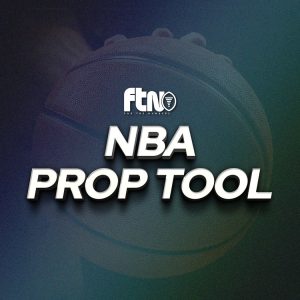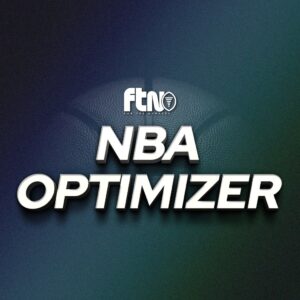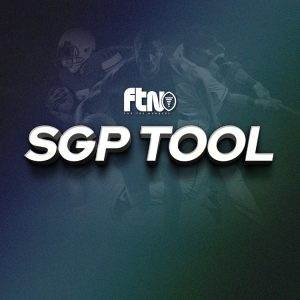
Baseball. Is. Back. Or, at least we hope it’s back. Teams are reporting to their home fields in hope of ramping up for a 60-game 2020 MLB season. During these wild and crazy times, we may have some baseball starting the third week of July.
If you play season-long fantasy baseball, and you are diving back into a league – perhaps over at the National Fantasy Baseball Championship (NFBC) – playing this modified format means you’ll need to adjust. It’s not the same game that you drafted for in February and March.
But never fear – we are here to help you prosper in this format. Perhaps one of the largest changes that you may or may not be aware of is the universal designated hitter (DH) implemented in the National League.
In the first part of our introductory series over at Fade The Noise, let’s explore what this truly means on the pitching landscape as you build out fantasy rosters.
Expect ratio regression from NL pitchers
There’s one thing that we know for sure, and that’s the added element of facing a true hitter at the bottom of the order makes life infinitely harder than facing a pitcher. In 2019, the league-average OPS for all players was .758 (on-base percentage plus slugging percentage). Comparatively, pitchers like Zack Greinke and Madison Bumgarner, who are widely regarded as two of the best hitting pitchers in baseball, sport career marks of .600 and .532, respectively. As much as it pains this former collegiate hurler to type, pitchers can’t hit.
If we take a peek at the last three seasons, it’s obvious that NL pitchers sported better marks in key categories:
|
Season |
League |
ERA |
xFIP |
K Rate % |
|
2019 |
NL |
4.39 |
4.43 |
23.2% |
|
2019 |
AL |
4.62 |
4.58 |
22.7% |
|
2018 |
NL |
4.03 |
4.09 |
22.4% |
|
2018 |
AL |
4.21 |
4.21 |
22.1% |
|
2017 |
NL |
4.34 |
4.32 |
21.7% |
|
2017 |
AL |
4.38 |
4.40 |
21.6% |
Where they may have once held a significant advantage, expect that gap to narrow in 2020.
Don’t ignore the impact on strikeouts
While we know that the strikeout rate across baseball has been rising in recent seasons (from 21.1% in 2016 to 23.0% in 2019), National League pitchers aren’t likely to be head and shoulders above their counterparts in the whiff rate department, either. In fact, among top starting fantasy pitchers, check out the gap in whiff rate between pitchers and position players:
|
Name |
Pitcher K Rate % |
Pos Player K Rate % |
Diff |
|
53.01% |
26.96% |
-26.05% |
|
|
55.79% |
29.25% |
-26.54% |
|
|
48.98% |
22.39% |
-26.59% |
|
|
54.29% |
27.33% |
-26.96% |
|
|
48.00% |
20.89% |
-27.11% |
|
|
51.61% |
21.79% |
-29.82% |
|
|
54.10% |
22.79% |
-31.31% |
|
|
58.19% |
26.53% |
-31.66% |
|
|
52.80% |
17.70% |
-35.10% |
|
|
59.52% |
24.33% |
-35.19% |
Now keep in mind that pitchers collectively accounted for only 5.2% of the total plate appearances in 2019, so it’s not likely this is going to cause a massive reduction. But, it is going to cause a decline, and it’s something to be wary of when constructing your stable of arms. Think about a slight bump down in strikeouts for your National League hurlers as you are moving forward with the loss of the pitcher batting.
Sleeping on top relievers is a mistake
Chalk this one up to understanding the new dynamic of what this 60-game sprint will look like, and less about the impact of the DH. However, this one is perhaps vitally critical to nailing your league this year. There’s no denying that the closer position in fantasy baseball is highly volatile. As Alex Fast noted over at the Pitcher List, 178 pitchers in 2018 recorded at least one save, which has led many espousing to wait on the position and mine the waiver wire. While not a poor strategy with 26 opportunities to bid on the waiver wire, that burn-and-churn approach won’t be available this time around, as only nine FAAB periods will exist.
If we peer into previous NFBC Average Draft Position data, closers like Josh Hader (pick 60.39), Kirby Yates (77.50), Aroldis Chapman (85.62) and Roberto Osuna (91.09) all went inside the top-100 picks as drafts started to ramp up. While there hasn’t been a ton of drafts to date so far, it will be interesting if fantasy owners punt the category altogether, or if they pound the category to secure some solid ratios.
Perhaps an unsung strategy to consider is targeting highly skilled arms who could win the closer role but don’t appear locked into it today – arms like Daniel Hudson, Adam Ottavino and Seth Lugo could all rack up a ton of whiffs while providing insulation to the ERA/WHIP categories at a fraction of the cost.
One thing is for sure – fantasy baseball is going to be wacky, wild and a ton of fun, and I’m glad to have it back.

















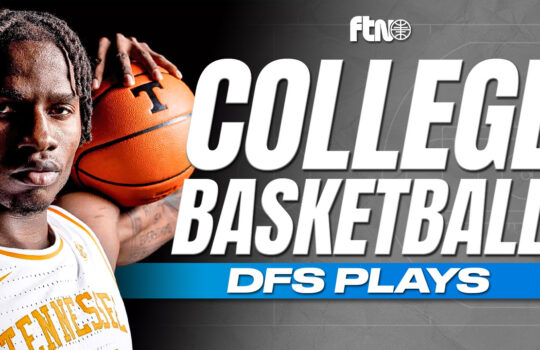



















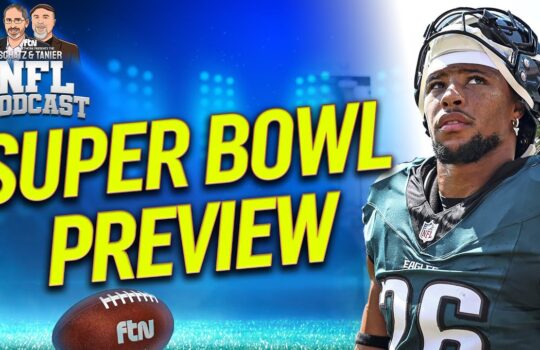






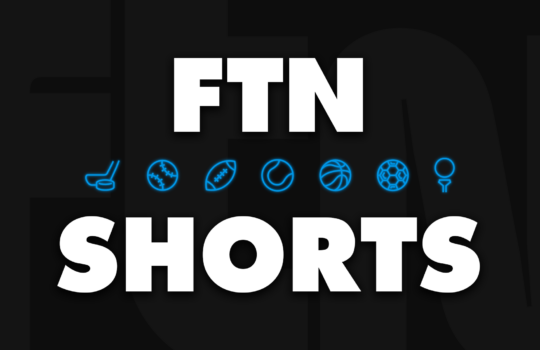
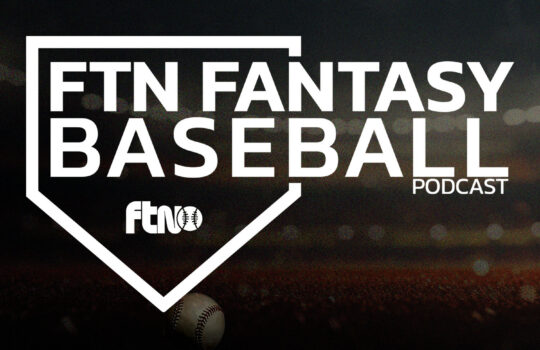



 New York Jets
New York Jets  New England Patriots
New England Patriots  Miami Dolphins
Miami Dolphins  Buffalo Bills
Buffalo Bills  Pittsburgh Steelers
Pittsburgh Steelers  Cleveland Browns
Cleveland Browns  Cincinnati Bengals
Cincinnati Bengals  Baltimore Ravens
Baltimore Ravens  Tennessee Titans
Tennessee Titans  Jacksonville Jaguars
Jacksonville Jaguars  Indianapolis Colts
Indianapolis Colts  Houston Texans
Houston Texans  Las Vegas Raiders
Las Vegas Raiders  Los Angeles Chargers
Los Angeles Chargers  Kansas City Chiefs
Kansas City Chiefs  Denver Broncos
Denver Broncos  Washington Commanders
Washington Commanders  Philadelphia Eagles
Philadelphia Eagles  New York Giants
New York Giants  Dallas Cowboys
Dallas Cowboys  Minnesota Vikings
Minnesota Vikings  Green Bay Packers
Green Bay Packers  Detroit Lions
Detroit Lions  Chicago Bears
Chicago Bears  Tampa Bay Buccaneers
Tampa Bay Buccaneers  New Orleans Saints
New Orleans Saints  Carolina Panthers
Carolina Panthers  Atlanta Falcons
Atlanta Falcons  San Francisco 49ers
San Francisco 49ers  Seattle Seahawks
Seattle Seahawks  Los Angeles Rams
Los Angeles Rams  Arizona Cardinals
Arizona Cardinals 
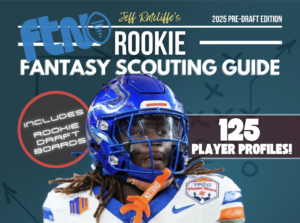

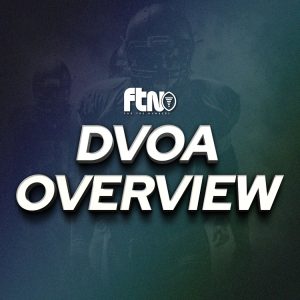
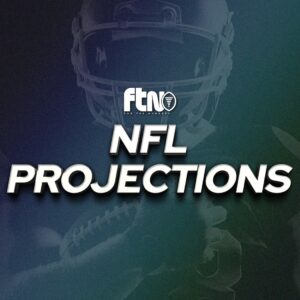
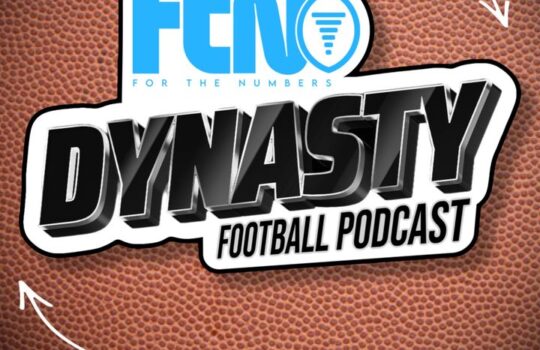
 Boston Celtics
Boston Celtics  Brooklyn Nets
Brooklyn Nets  Philadelphia 76ers
Philadelphia 76ers  New York Knicks
New York Knicks  Toronto Raptors
Toronto Raptors  Chicago Bulls
Chicago Bulls  Detroit Pistons
Detroit Pistons  Milwaukee Bucks
Milwaukee Bucks  Cleveland Cavaliers
Cleveland Cavaliers  Indiana Pacers
Indiana Pacers  Orlando Magic
Orlando Magic  Atlanta Hawks
Atlanta Hawks  Charlotte Hornets
Charlotte Hornets  Miami Heat
Miami Heat  Washington Wizards
Washington Wizards  Denver Nuggets
Denver Nuggets  Minnesota Timberwolves
Minnesota Timberwolves  Oklahoma City Thunder
Oklahoma City Thunder  Portland Trail Blazers
Portland Trail Blazers  Utah Jazz
Utah Jazz  LA Clippers
LA Clippers  Golden State Warriors
Golden State Warriors  Los Angeles Lakers
Los Angeles Lakers  Phoenix Suns
Phoenix Suns  Sacramento Kings
Sacramento Kings  Dallas Mavericks
Dallas Mavericks  Houston Rockets
Houston Rockets  Memphis Grizzlies
Memphis Grizzlies  New Orleans Pelicans
New Orleans Pelicans  San Antonio Spurs
San Antonio Spurs 



